

The Vice-Chancellor’s Awards are a University-wide celebration of our outstanding people. Yesterday the shortlist for the 2024 Awards was announced. There were 250 award entries across the 11 categories this year, with 1,500 individuals included in the nominations.
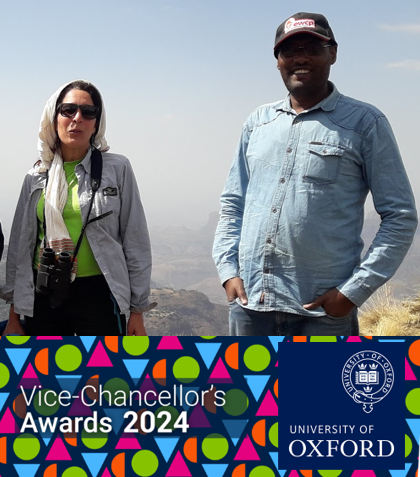
In northern Ethiopia lies the Abuna Yosef massif, peaking at 4,260 m-high with Mount Abuna Yosef. There, a small Ethiopian wolf population—around 30 individuals—lives surrounded by people and agricultural lands.
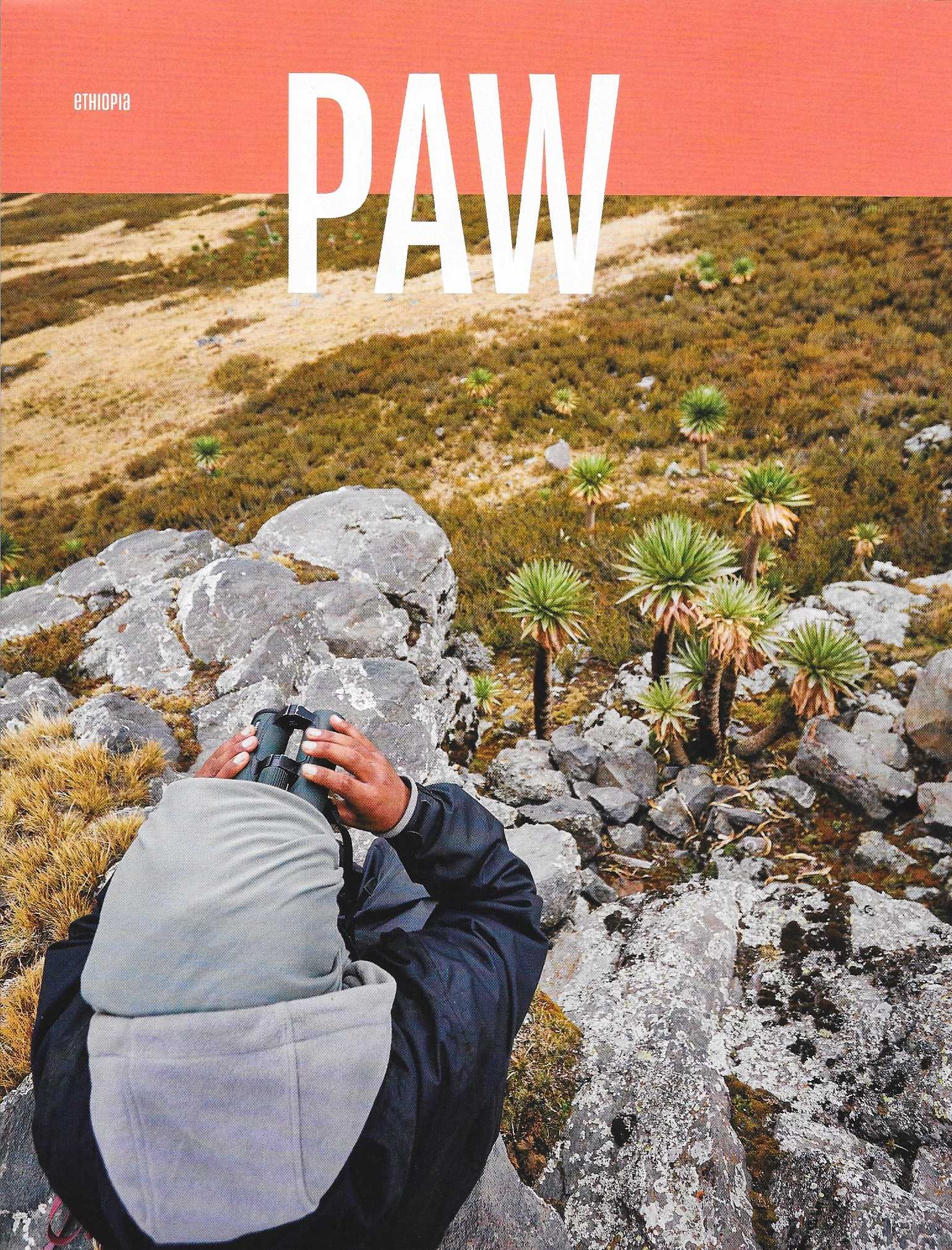
By Dr Jorgelina Marino
At the peak of the rainy season the EWCP team have been busy in the highlands of Delanta in North Wollo. Until recently one of the epicentres of the war, signs of fighting are still evident. Particularly in the nearby Gashena town, a strategic location at the crossroads to three main cities, taken and recovered three times at the cost of many lives.
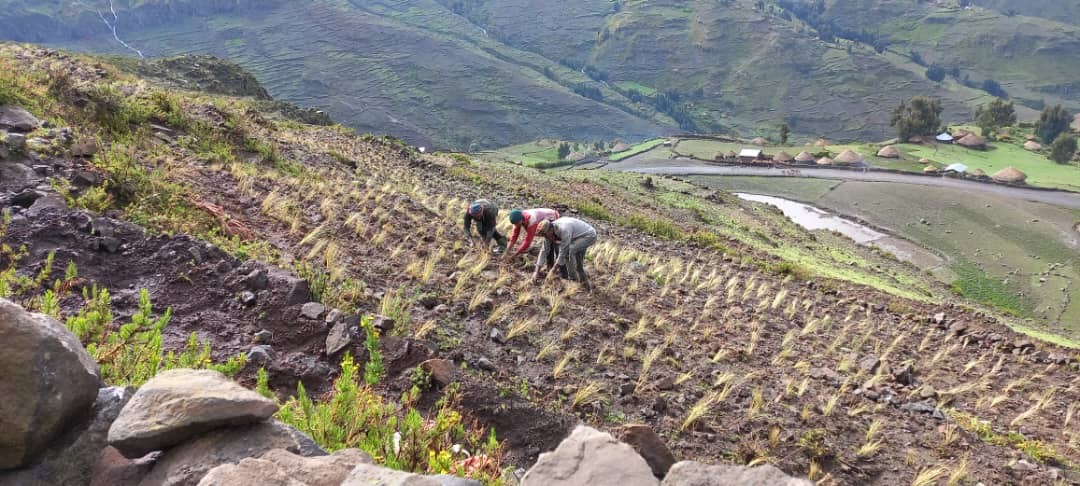
The Ethiopian highlands support a diverse array of endemic animal and plant life but also boast vital natural resources for local communities, including firewood, pastures, water, medicinal plants and building materials. Achieving sustainability in the use of these resources is vital to ensuring resilient livelihoods and an alternative to land conversion to agriculture, the main threat of the survival of the endangered Ethiopian wolf. With this vision in mind, the Ethiopian Wolf Conservation Programme (EWCP) implements the Biodiversity Friendly Futures project, promoting alternative local livelihoods that create additional income source while reducing the community’s pressure on the Afroalpine environment. This cannot be achieved without strong community connections and outreach efforts.
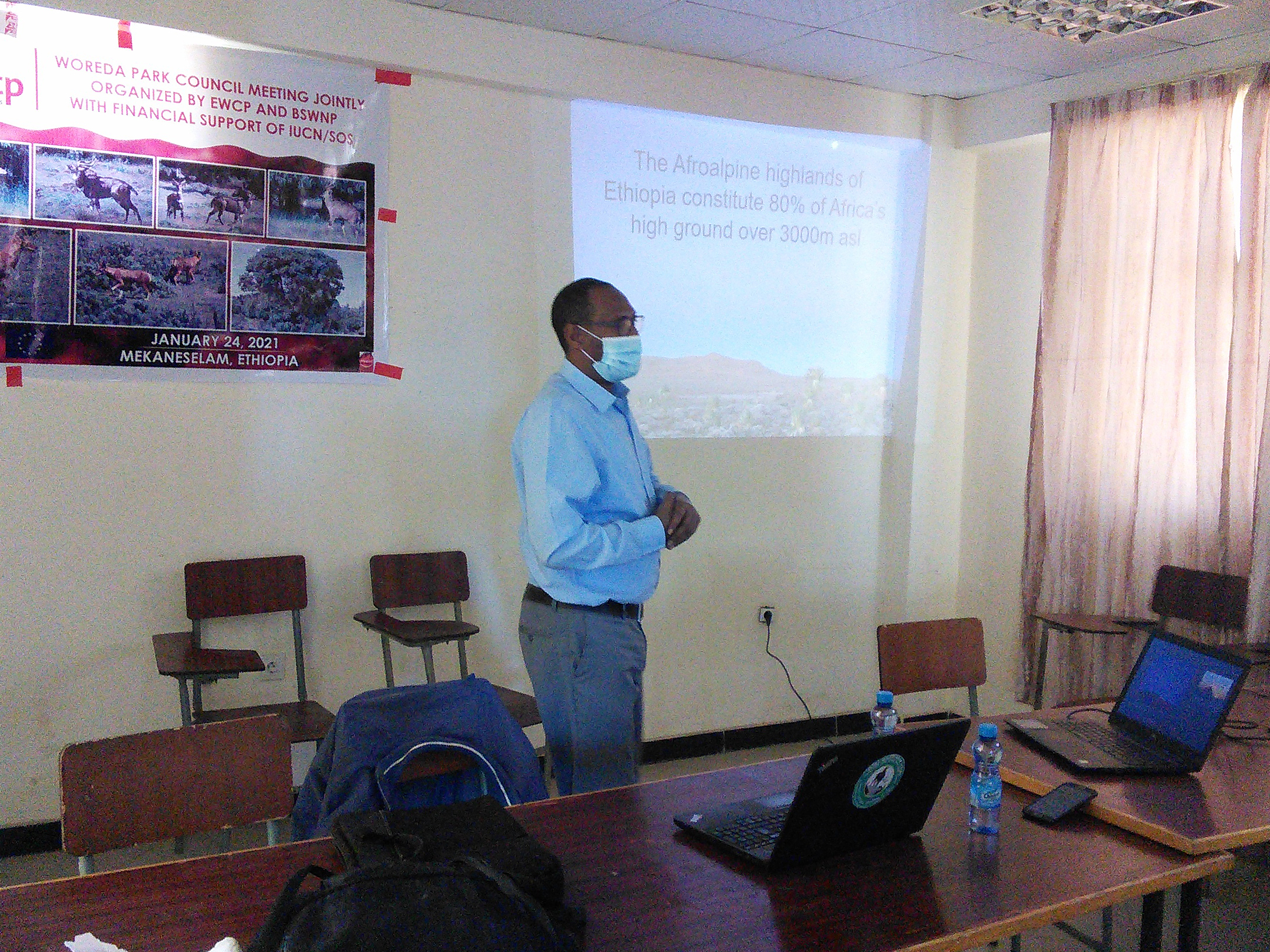
Ethiopia is home to an astonishing 70% of Africa’s Afroalpine ecosystem, with an exceptionally high diversity of rare and endemic species such as the endangered Ethiopian wolf, gelada monkey and walia ibex. Fewer than 500 Ethiopian wolves remain in a shrinking and increasingly fragmented mountaintop habitat, living in small, isolated populations. Ethiopia’s growing human population, which currently numbers over 110 million, live mostly in the highlands, exerting immense pressure on their natural resources. The need for sustainable use is urgent to ensure that Afroalpine ecosystem services and unique wildlife persist in the future.
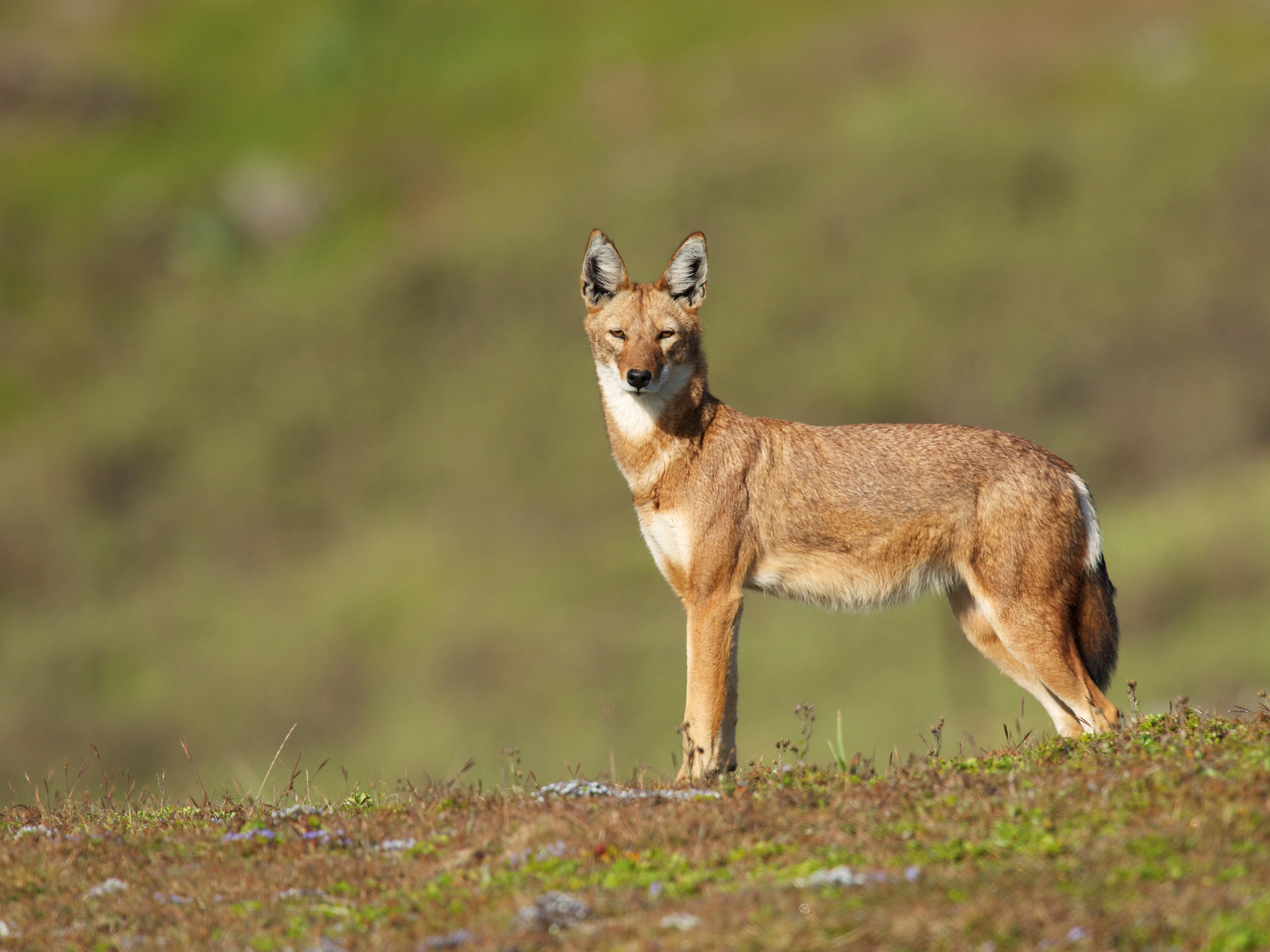
When it comes to conserving the endangered Ethiopian wolf, we never give up. In Delanta, where wolves have recently returned after devastating outbreaks of disease, we have been working with local communities to promote ways of earning an income that is compatible with protecting the environment and its wildlife.

The Ethiopian wolf is a charismatic endemic species, only found high in the mountains of Ethiopia above 3000m. These highlands are known as the “Water Towers of Africa” and for good reason; the sources of many rivers can be found here, supplying water to both the swathes of native grassland, swamps and peatbogs that form the Afroalpine ecosystem and the ever-expanding landscape of crops and grazing livestock in the lowlands below.
